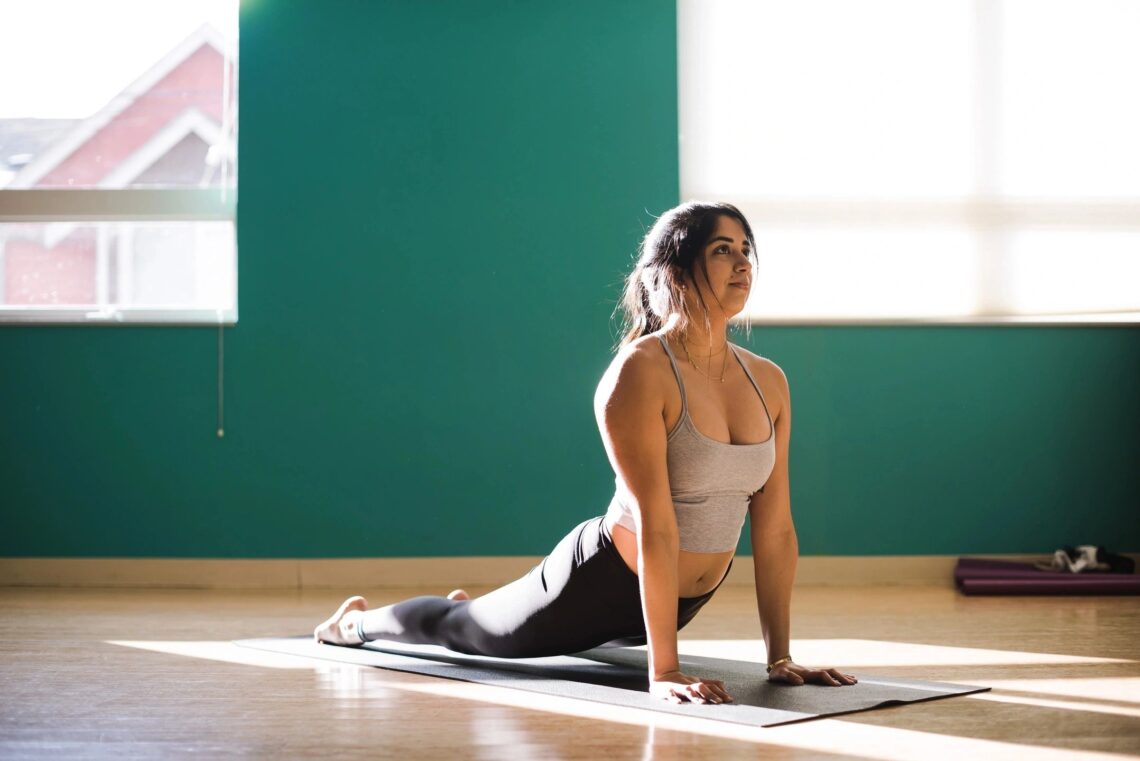Occupational therapy for stroke patients involves a variety of exercises and activities tailored to address the specific impairments and needs of each individual. The main goal is to enhance physical function, cognitive abilities, and emotional well-being, enabling patients to resume their daily routines and roles in life. Here’s a review of key OT exercises and their benefits:
1. Fine Motor Skills Exercises
- Pegboard Activities: These involve placing pegs into holes on a pegboard, improving hand-eye coordination and dexterity.
- Writing and Drawing: Simple tasks like writing one’s name or drawing shapes can help regain control and precision in hand movements.
2. Gross Motor Skills Exercises
- Arm and Leg Weights: Using light weights can strengthen muscles and improve the control of arm and leg movements.
- Resistance Bands: Stretching exercises with resistance bands enhance muscle strength and limb mobility.
3. Cognitive and Perceptual Exercises
- Memory Games: Card games, puzzles, or apps designed to enhance memory and attention can aid cognitive recovery.
- Visual Perception Activities: Tasks like matching shapes, identifying objects in a cluttered background, or jigsaw puzzles can improve visual perceptual skills.
4. Activities of Daily Living (ADL) Training
- Self-Care Routines: Occupational therapists often simulate real-life activities such as dressing, grooming, and eating to improve the ability to perform these tasks independently.
- Cooking and Household Tasks: Preparing simple meals or doing light housework can help regain functional abilities and increase confidence in performing daily chores.
5. Balance and Coordination Exercises
- Sitting and Standing Balance: Exercises that promote balance while sitting or standing can reduce the risk of falls and improve overall stability.
- Coordination Activities: Activities like catching a ball or using both hands together for a task can enhance coordination and bilateral integration.
6. Sensory Integration Exercises
- Texture Identification: Touching and identifying objects with different textures can help improve sensory awareness and discrimination.
- Temperature Discrimination: Activities involving distinguishing between warm and cold objects can aid in sensory re-education.
7. Emotional and Psychological Support
- Stress Management Techniques: Teaching relaxation methods, such as deep breathing or guided imagery, can help manage stress and improve emotional well-being.
- Goal-Setting: Working with patients to set achievable goals provides motivation and a sense of accomplishment during the recovery process.
Conclusion
Occupational therapy exercises play a vital role in stroke rehabilitation, offering a pathway to regain independence and improve quality of life. These exercises are designed to address the wide range of challenges faced by stroke survivors, from physical and cognitive impairments to emotional adjustments. By participating in a tailored OT program, stroke patients can make significant strides in their recovery journey, achieving greater autonomy and fulfillment in their daily lives.
For the most current reviews and recommendations on occupational therapy exercises for stroke patients, consulting with a healthcare provider or an occupational therapy specialist is advisable. They can offer personalized guidance and support based on the latest research and clinical practices in stroke rehabilitation.






4 Comments on “Occupational Therapy Exercises for Stroke Patients: A Comprehensive Guide”